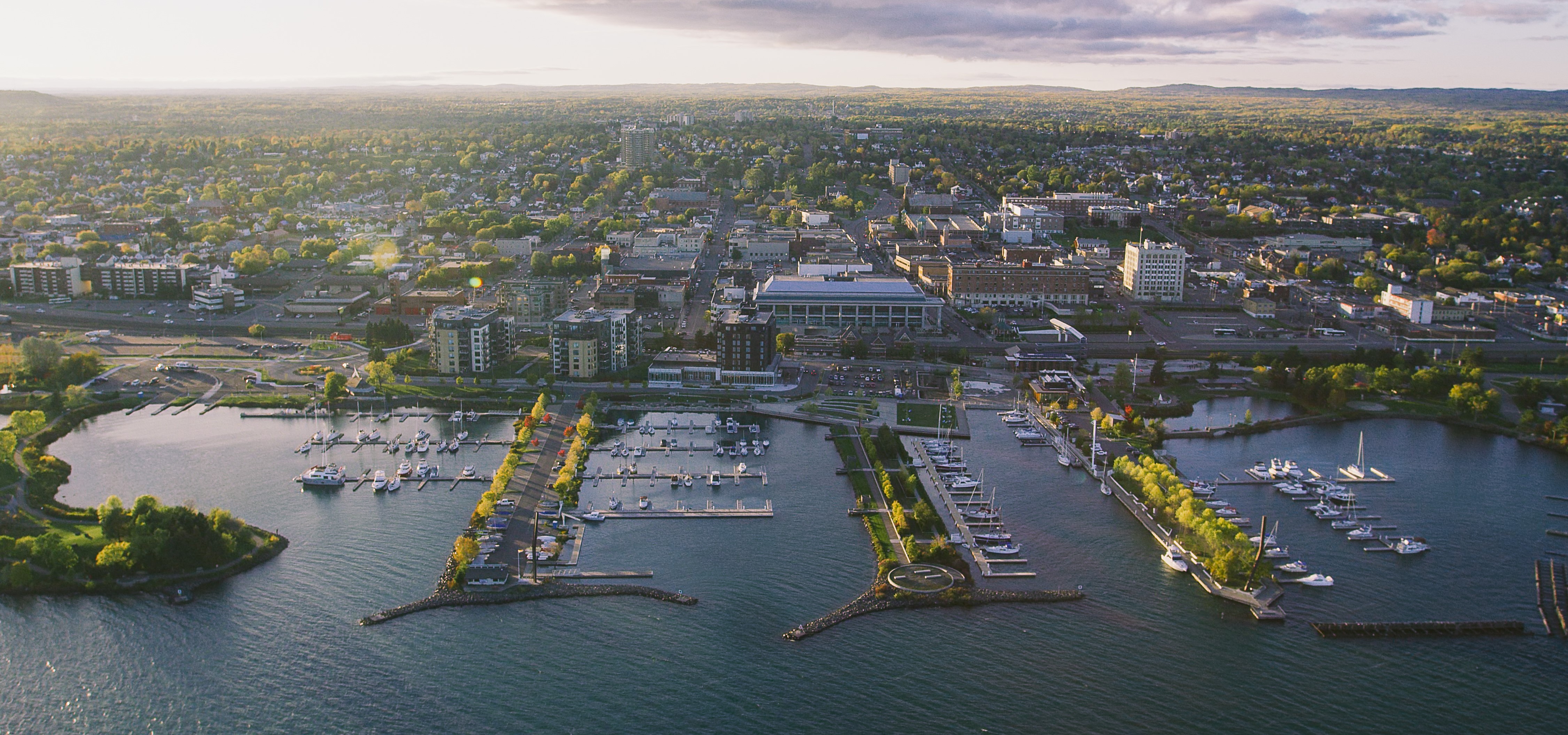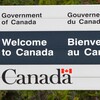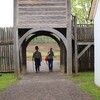
What's the Deal with Daylight Savings Time?
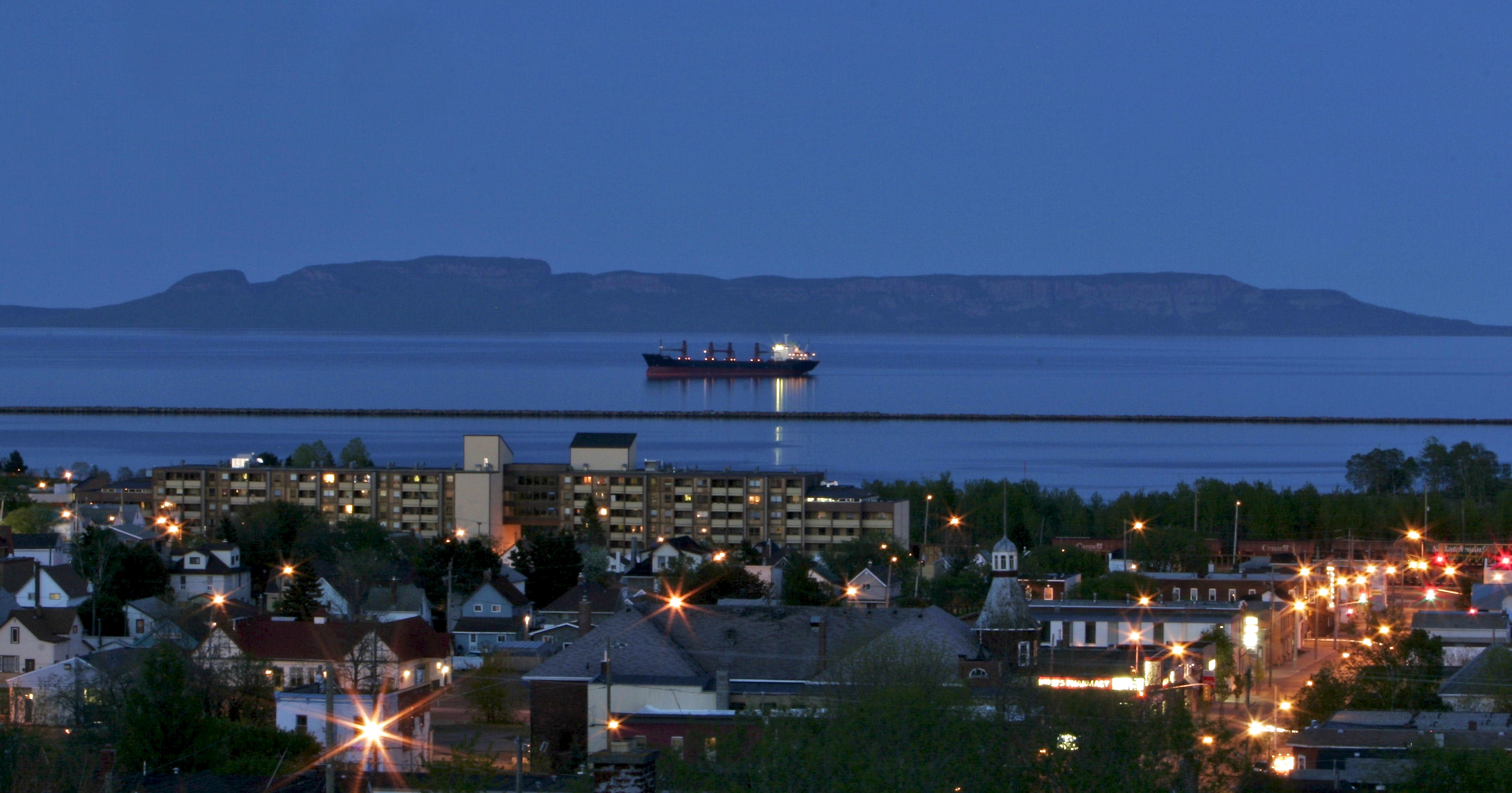
As we approach the fall and spring seasons each year we adjust our clocks for Daylight Savings Time. Those long summer nights are awesome, aren't they? But where did this idea for an hour of extra daylight even come from?
While the Canadian government officially introduced Daylight Savings Time in 1918, the towns of Port Arthur and Fort William (now Thunder Bay) had implemented seasonal time-shifting a decade earlier.
The True Origins Of Daylight Savings Time
In 1908, a Port Arthur businessman, John Hewitson, with the desire to enjoy an extra hour of summer sun, petitioned the councils of both towns, both of which observed Central Time, to adjust the clocks to Eastern Time in the summer months and switch back in the fall. Both towns agreed, and on May 1, 1908, they “sprung ahead”.
In 1910, the official time zone boundary was shifted 300km west and Port Arthur and Fort William are now officially in the Eastern Time Zone.

Visitors to Thunder Bay in the summer months are amazed at the length of the days—often the sun doesn’t set until well after 10 pm. These long nights make for perfect summer vacations—the fun continues for hours!
In 1914, the nearby town of Kenora decided it would observe Daylight Savings Time. The neighbouring town of Keewatin chose to remain on standard time. This immediately caused problems: many workers and their children lived in one town and went to work/school in the other. The ferry service was forced to use both times as passengers were who were mostly from Keewatin wanted to ensure that they were on time for weekend activities in Kenora. The experiment only lasted one season.

In 1918, the government of Canada followed the lead of the USA and officially adopted Daylight Savings Time nationwide—however, there are a number of provinces and municipalities that choose not to observe the practice—including the Northwest Ontario towns of Pickle Lake and Atikokan which are both officially in the Central Time Zone but unofficially observe Eastern Standard Time year-round.

Love it or hate it, Daylight Savings Time helps to make Thunder Bay summers exceptional—visit this year and see for yourself.
Recommended Articles

Epic Lake Superior Adventures Near Thunder Bay

Experience Your Perfect Summer in Thunder Bay

Eco-Friendly Travel in Thunder Bay

Wellness Retreats in Thunder Bay

LGBTQIA+ Friendly Businesses in Thunder Bay

Uncovering Thunder Bay's Hidden Gems
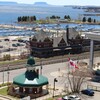
Top 10 Interesting Facts About Thunder Bay

Work Hard, Reward Yourself: Discover Thunder Bay’s Best Winter Experiences

Thunder Bay Winter Fun Guide 2025

12 Best Places to Stay in Thunder Bay

5 Fantastic Ways to Explore the Water in Thunder Bay

5 Reasons to Bring a Conference or Meeting to Thunder Bay, Ontario

21 Ways to Enjoy Thunder Bay
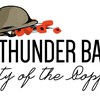
The Remembrance Poppy and its Thunder Bay Roots

Why You Should Always Travel With Fishing Gear in Thunder Bay

This new cruise ship sails into Thunder Bay

Chill Out in Thunder Bay: Why Cold Plunges Are Hot Right Now
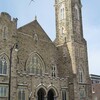
Walk This Way: Self-Guided Art and History Tours in Thunder Bay
















